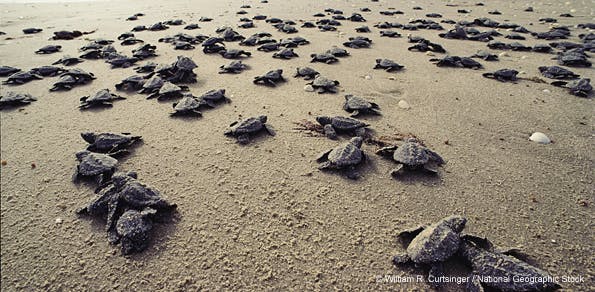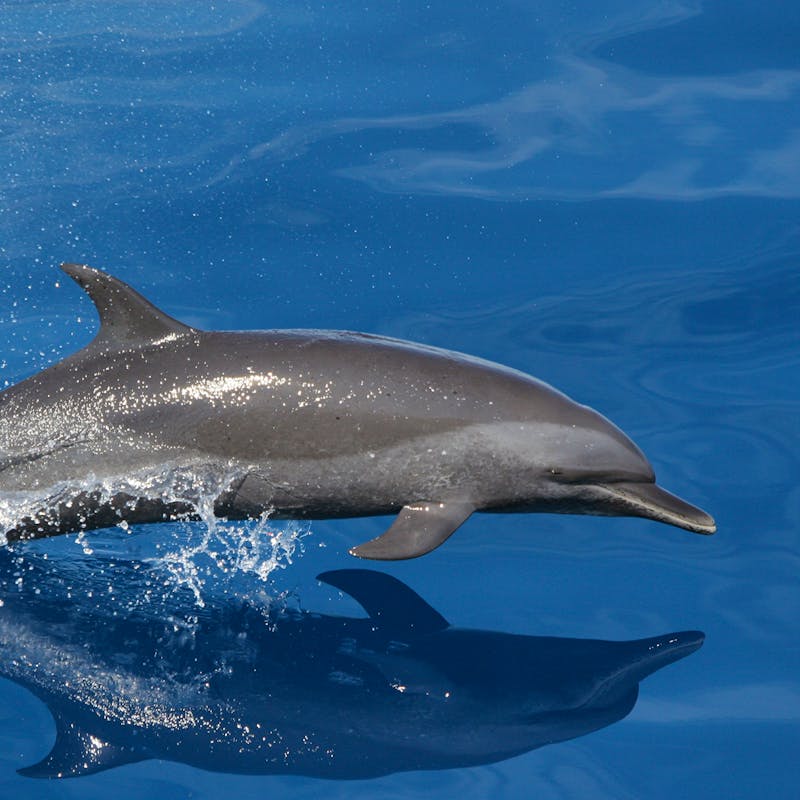Florida is in the midst of a baby boom, but not one you might expect. There are 50 percent more sea turtle nests on Florida beaches this summer than in past years, a pleasant surprise to wildlife researchers. The threatened loggerhead and endangered green and leatherback turtles are all species that nest on the Florida coast.

Newborn sea turtles like these have a long swim ahead of them. We can help them get the best possible start by turning off artificial lights at night and keeping away from their nests.
Scientists aren’t sure what caused the sudden spike in the nest count, though some of the turtles may have increased their food intake this year. What we can be sure of, though, is that we need protections for sea turtles to ensure that we have more banner seasons like this one.
Turtle Excluder Devices, or TEDs, help prevent sea turtles from being caught in fishing nets. Regulations requiring most shrimp nets to have TEDs have been in place since the 1990s, but exempted nets still capture over 28,000 sea turtles every year. The National Marine Fisheries Service (NMFS) recently proposed to close the gap and extend the requirements to all shrimp nets, but wildlife opponents in Congress are moving to block this recovery effort.
Defenders is working hard to fight this opposition and make the oceans safer for the tiny hatchlings that will soon be heading out to sea. Meanwhile, you can help sea turtles by reducing artificial lights at night if you live near nest beaches, since they can confuse and attract sea turtles trying to crawl back to the water. Make sure to keep kids and pets away, too. You can also help by picking up beach trash, which can attract raccoons and other predators.
Conservationists can feel hopeful that Florida nest numbers are up. The true test, though, will be the number of turtles hatched on Florida beaches that return to lay their own eggs, many years from now.
Audio clip: Adobe Flash Player (version 9 or above) is required to play this audio clip. Download the latest version here. You also need to have JavaScript enabled in your browser.
Click to listen to the Public News Service story with Defenders representative Elizabeth Fleming’s commentary!




